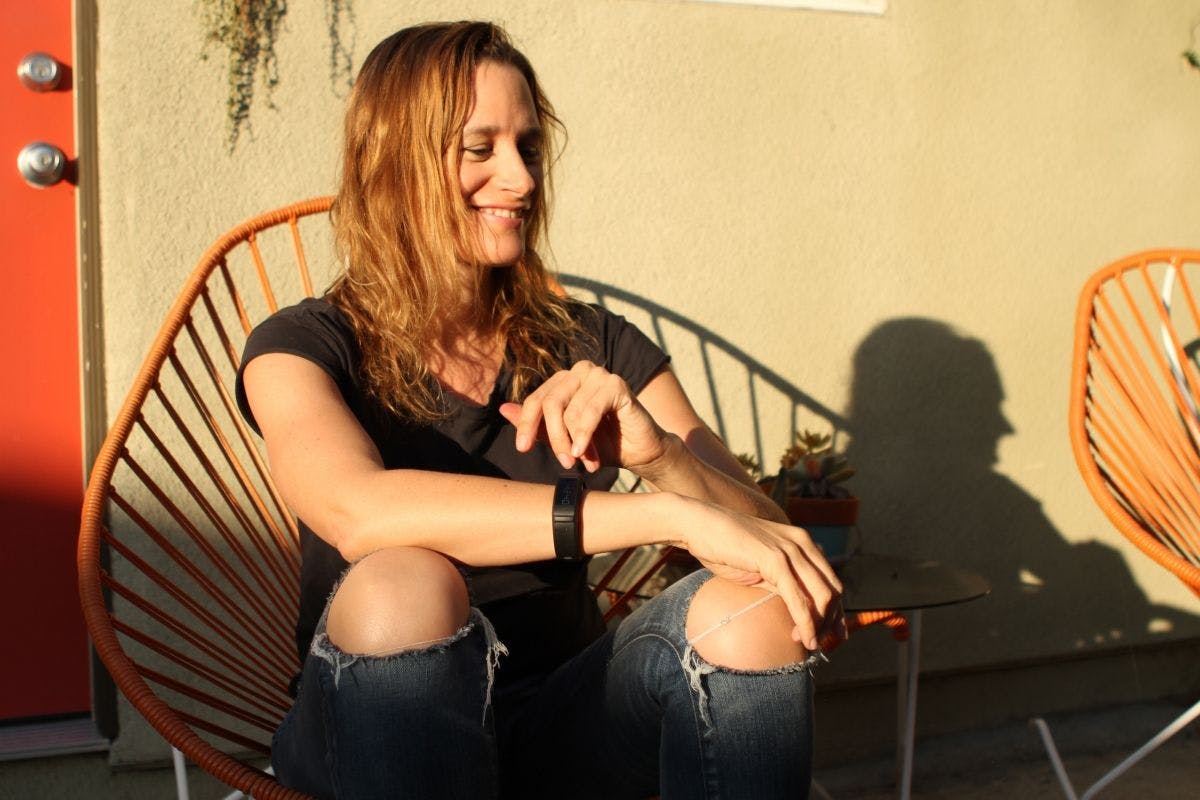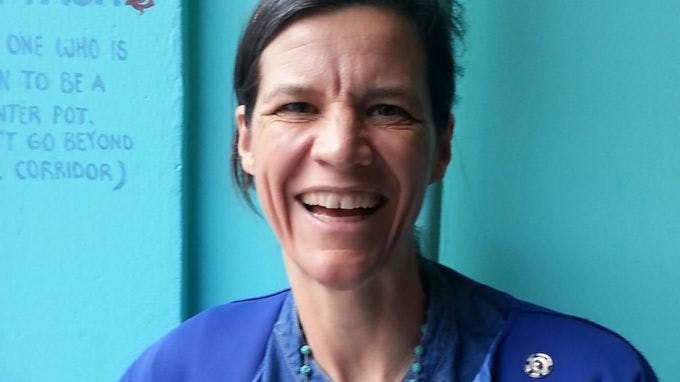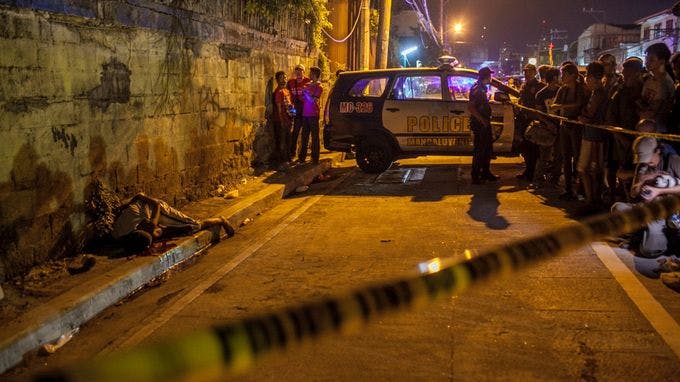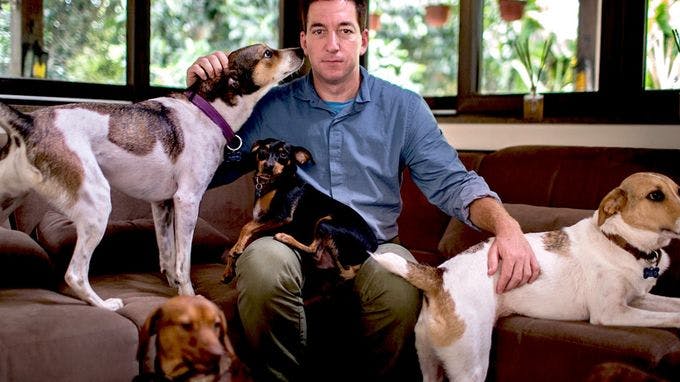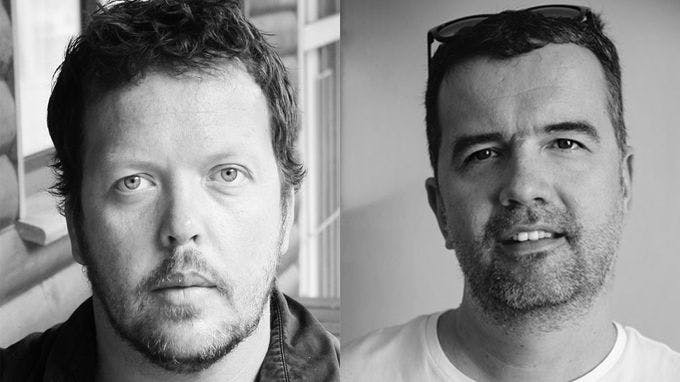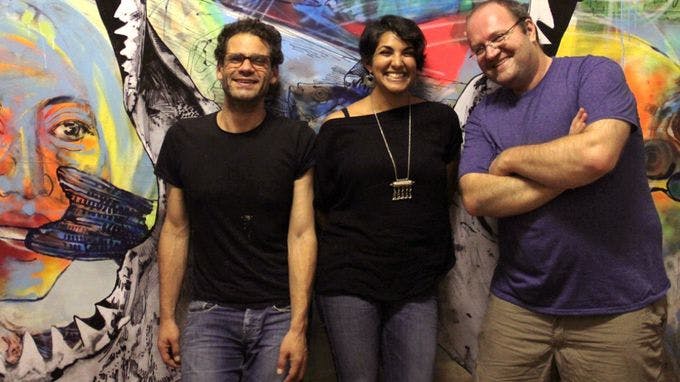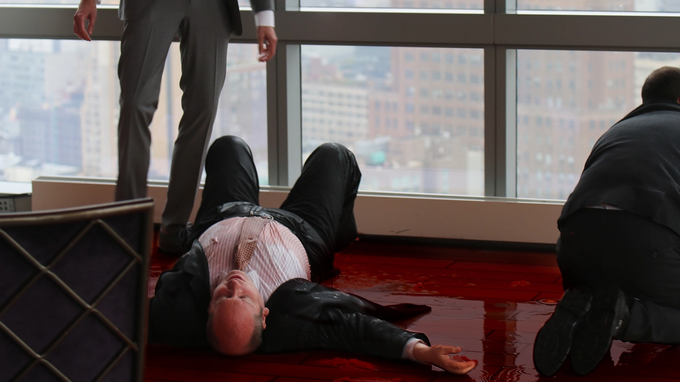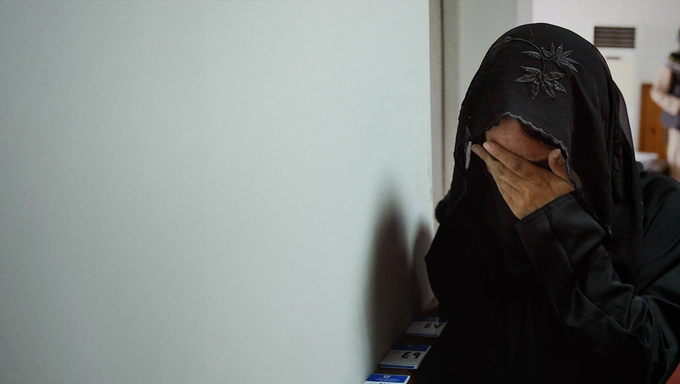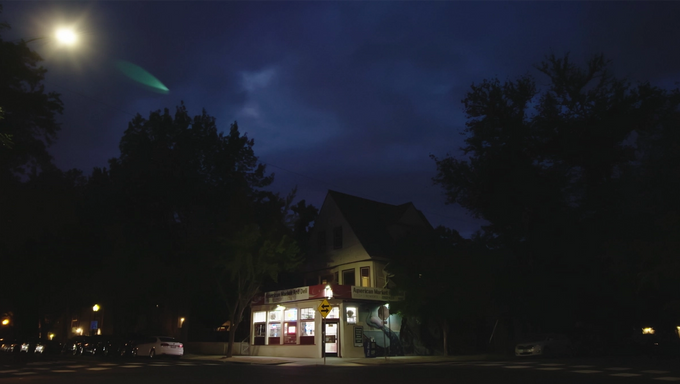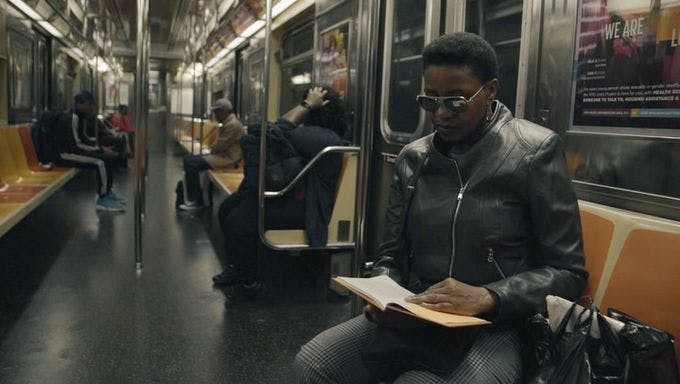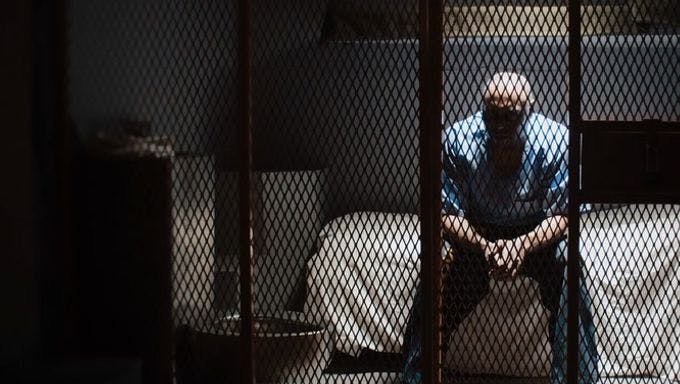For more than a decade, filmmaker Margaret Brown, a native of Mobile, Alabama, has worked to document the American South. In 2004’s Be Here to Love Me, she recounted the life and career of legendary Texas singer-songwriter Townes Van Zandt. With The Order of Myths (winner of the 2009 Independent Spirit Truer Than Fiction Award), she looked at the complex racial dynamics at play in her hometown’s annual Mardi Gras celebrations. And in The Great Invisible, she traveled from boardrooms to the backwoods, talking to CEOs, small business owners, and the rural homeless to contemplate the fallout along the Gulf Coast from the Deepwater Horizon oil rig explosion.
For her new Field of Vision short, The Black Belt, Brown returned to Alabama to examine how the shuttering of 31 driver’s license offices — all located in predominantly black districts — has directly impacted voter enfranchisement in a state that requires photo IDs at the polls. In the following interview, Brown talks about following a mobile voter ID unit in Alabama’s rural “Black Belt” region, the challenges of developing relationships in the field on a limited time frame, and her experiences as a feature filmmaker working in the short form.
You get the call from Field of Vision, asking if you’re interested in pursuing this story of DMV closures in your home state of Alabama. Where do you start?
Brown: They had closed the DMVs, but to help counter the closures, they got this mobile voter ID — they call it a “unit” — to go around to every county in Alabama. I was poking around and found a website that listed where this mobile voter ID truck was traveling to in Selma. So we drove around, but the address on the website was wrong. It was like in the middle of a field somewhere.
To find the real address, I had to call the assistant to the secretary of state, who was helping us with the interviews, and it’s in this area of Alabama where there’s not even cell coverage. So from the get go — wow, the major way of transmitting the information doesn’t even have the correct address.
I would imagine it’s already a challenge to articulate the real-life effects of an administrative decision, but here it immediately got more complicated in that this initiative to combat the DMV closures is a problem in itself. How do you approach where the point of view of the film is going to be in relation to a situation that’s several layers of messed up?
Brown: We were figuring out as we went along. I didn’t want to have an opinion going in about whether this was politically motivated or not. I just wanted to see what would happen if I followed the mobile voter ID unit, what would happen if I talked to the secretary of state about why these closures were happening. I did my homework and I read a ton about it, and I talked to local politicians to figure out whom I should interview — but other than that, I decided that I would insert myself into these situations and just see what we got.
What was your take on it going in?
Brown: I thought it was strange that in the most African-American part of the state, that they had closed all these places. Getting a driver’s license is the most common form of voter ID, and in a state that’s ranked last in terms of ease of voter registration, they just made it a lot harder for the poorest and most Democratic part of the state. And it was only going to save $100,000 in the whole state’s budget. So I had a question about that going in. But I also didn’t want to go in with, “Oh, I know already what I think.” To me, that’s always a bad place to start with a movie, because you won’t be surprised. You’re closed off to anything happening.
Your process sounds great for being able to really see what’s there, but you’re also going in without a net, not knowing in advance how you’re going to make it work, especially at a condensed length.
Brown: It was a little scary. But I was interested in this idea of, what if it’s not a traditional narrative? I think it ended up being not untraditional, but the logic of it is like a wave, not a three-act structure. And I think you can do that with a short film. I was interested in playing with that — how far can I push this? I was also interested in making something that really was a short film, and wasn’t a “longer short” film. I really wanted it to be 10 or 12 minutes.
The most important thing to me would be that it felt like the place and made you think about whether or not this is voter suppression. But not in a beating-you-over-the-head, activist way — feel the place and see the people and come up with your own thoughts. We ended up hanging out a lot in Selma. This is a place in the Black Belt where there’s a lot of history. It just organically evolved and became a portrait of a place. Once we got that scene in Selma, we were like, “Why don’t we hang out here a little bit longer?”
What did you come to know about Alabama that you didn’t know previously? Did your perspective change at all making this film?
Brown: I was definitely very aware of my whiteness, and my relative wealth, in a way that I don’t think I was making The Order of Myths. A lot of the people in the African-American Mardi Gras have money — it’s a different group of folks.
Here it was [cinematographer] Jeff Peixoto and me and a white sound guy, in this pretty impoverished part of the state, walking around asking people to talk about voting. And I felt white. I’m asking myself, “Am I the right person to be making this?” I’m not a complete essentialist, and I think that I can go and interrogate this and see what I can find, but the reason I put myself in the movie is because I think it’s important to see that I’m this white woman making the movie. The audience should take that into account when they’re watching the film.
How did you determine how much of yourself to put in, and where?
Brown: In the first edit, I was in the movie a lot, but I think a little goes a long way. I decided to just have it in the beginning, where you see me looking for a pen. Which is very indicative of how I am — I always lose the pen, I’m scattered that way. And you can hear me asking the questions — my voice is more present in the film than in other films I’ve made. I felt that my voice should be a part of it, that my presence should be a part of it. It adds another level of meaning.
How long did you shoot for, and where?
Brown: We had four official days of shooting. I went around Selma and Montgomery, and called a ton around the state. Mostly in the Black Belt but a little in Mobile, because I’m from there and it was easier to get people to talk to me. Another challenge with the short form is that you can’t pull the same weight. Usually what I do is I go in and really get to know somebody and embed myself in a community so they trust me. They let me film them because they know who I am as a person. It’s a real relationship.
But with this, I’m going in there for 30 minutes — I’m getting it and then taking off. And that was really hard for me. Because to me it’s a two-way street — I don’t want people to think I’m stealing a part of their soul. Maybe people who do regular journalism or reporting have made peace with that, but it was rough for me. I just felt guilty somehow, that they didn’t know where I was coming from. They were just signing a release and I was taking off. So that was probably the roughest part for me, trying to get someone to talk to me in a real way, when I have such a limited time to establish that relationship.
What did you do to make yourself, and the people you were interviewing, more comfortable?
Brown: The only thing I could do was call in advance. But still you would meet people in the field. So I talked about the questions I was interested in, without answering them. I said that I would like to hear about this from your perspective. These were the everyday people that we encountered walking around the neighborhoods, who aren’t scholars or politicians or public people, the people who better embody that place. It’s tricky editing, knowing that this is going to represent them. Is this a truth of this situation? Can I get behind this?
Even if you’re the one doing it, you’re still wondering if you can get behind it.
Brown: All the time. I want to get it right. I want to get the balance right.
Do you feel that you got close to that balance?
Brown: I do. I would have kept editing it if I didn’t. When it starts to feel like it did when I was there, emotionally, then I’m getting closer. I feel that I could have made a longer piece if I shot there longer, but not with the material I had. With the material I had, I made something that felt representative of Selma late 2015, and how people feel about this thing on both sides of the issue.
How did you feel in the end about working at this short length?
Brown: Shorts are having a moment right now, and it’s cool to be part of that. People are paying attention to them in a way that they haven’t in the past. I still like the feature length, because it gives a viewer a chance to know that you’re going to hear a story and you’re on this ride. Psychologically, that’s something I’m interested in.
But for living on the internet — like this short ultimately will — I think it’s kind of a perfect length for getting something across. It’s digestible in a different way. Shorts have a different logic than features. And it’s nice to get feedback on something that took a month to make, instead of four to six years of my life. So it’s been interesting to think about how I might want to move forward with other work. This kind of expands the palette of what’s possible to tell stories.
